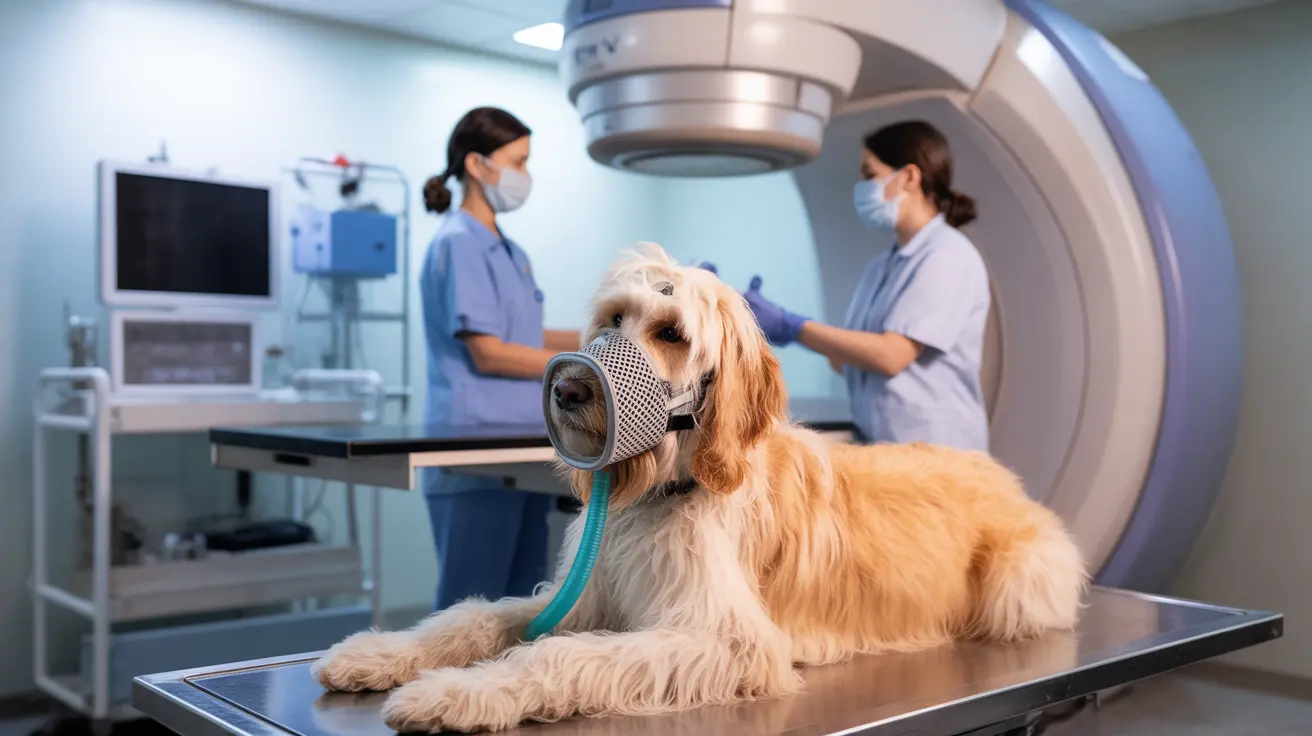Identifying the Signs of an Unhappy Dog
Just like humans, dogs can experience emotional distress and depression, often triggered by significant life changes or emotional disruptions. Understanding what an unhappy dog looks like is crucial for responsible pet ownership and ensuring your furry companion's well-being.
Common Causes of Dog Depression
Dog depression can stem from a variety of sources, including:
- Loss of a companion — whether a human or another pet.
- Major environmental changes — such as moving to a new home or the arrival of a new baby.
- Disruption in routine — like an owner starting a new job with different hours.
- Physical pain or illness — such as arthritis or chronic medical conditions.
- Trauma — due to injury, neglect, or abuse.
- Lack of stimulation and interaction — both social and mental.
Observable Symptoms of an Unhappy Dog
Dogs experiencing depression may display one or more of the following signs:
- Withdrawal — avoiding family members or favorite spots.
- Low energy — less enthusiastic about walks or playtime.
- Appetite changes — eating more or less than usual.
- Increased sleep or disrupted sleep patterns.
- Loss of interest in activities they once enjoyed.
- Clinginess or neediness — seeking extra attention.
- Frequent accidents or regressed house training.
- Destructive behavior — chewing or tearing items.
- Irritability — responding negatively to everyday stimuli.
These behaviors can closely mirror those of human depression and should not be ignored.
Medical Issues vs. Emotional Problems
It’s important to note that some depression-like symptoms may indicate a physical health problem. If your dog loses interest in walks, stops eating, or becomes drastically less active, a veterinary check-up is essential to rule out medical issues like arthritis or gastrointestinal conditions.
How to Help a Depressed Dog
If you've noticed that your dog seems down, there are various strategies to lift their spirits:
- Spend quality time — Engage in activities your dog loves, such as fetch or car rides.
- Enhance stimulation — Use puzzle toys, new training exercises, or introduce new environments.
- Encourage playful behaviors — Offer rewards and praise when your dog shows interest or acts cheerful.
- Monitor your own mood — Dogs mirror their owners' emotional states, so maintaining a positive atmosphere helps.
- Daily routine — Keep feeding, walking, and play times consistent.
- Consider companionship — If the depression stems from losing a pet, a new furry friend might help after careful introductions.
When to Consider Professional Help
If the symptoms persist for more than a few weeks, or seem to worsen, consult a veterinarian. Treatment may include:
- Behavioral therapy — Structured interactions guided by a professional.
- Medication — In some cases, your vet may prescribe antidepressants like fluoxetine (Prozac) or clomipramine (Anafranil), always at dog-safe dosages.
Dogs usually respond well to behavioral support, and medication can be a temporary aid, often discontinued within six to twelve months.
Prevention and Long-Term Wellbeing
Maintaining a dog's emotional health proactively can prevent depression:
- Daily physical activity — Walks, playtime, and opportunities to explore prevent boredom.
- Regular mental engagement — Rotate toys, provide challenges, and teach new tricks.
- Consistent routines — Help dogs feel secure and less anxious.
- Social opportunities — Visits to dog parks or playdates with familiar dogs.
- Comfort when alone — Leave worn clothing or interactive toys to soothe them.
If you're unable to address your dog’s emotional decline through enrichment and routine changes, seek guidance from a certified veterinary behaviorist.
Understanding and addressing dog depression not only enhances their day-to-day happiness but also strengthens the bond you share. Recognizing the early symptoms and acting can make a meaningful difference in their emotional recovery.





